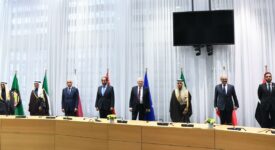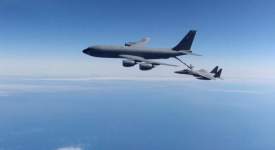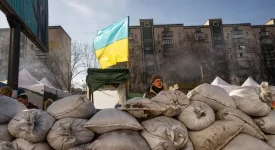The ultimate objective of development assistance is to assist poor economies with their economic development. However, when it comes to the allocation of aid in the region of the Middle East and North Africa (MENA), this aim is often overshadowed by other determinants and thus recipients of the aid are often not the most needy economies. The Department for International Development points out that MENA receives more development aid per capita compared to other regions but poverty reduction is not the primary objective for many donors. Several studies in fact show that economic, ideological, and political interests of donors determine the allocation of aid in this strategically important region.
When it comes to aid allocation, different players come with different ambitions in the MENA. For example, the International Monetary Fund (IMF) and the World Bank are influenced by the political interests of Western stakeholders, mainly those of the United States. This means that the aid allocation is predominantly driven by foreign policy concerns and so is the United States’ own aid. The political drivers naturally change over time, thus shaping and reshaping the flows of development assistance: the US first transferred aid to countries that would resist to the Soviet influence during the Cold War and then switched toward the countries containing terrorism and Islamism. The existence of a peace treaty with Israel also strongly influenced the allocation of American aid.
In contrast, the Europeans are less influenced by their interests and geopolitics than the Americans but human rights and peace making remain important components of their aid allocation. Their focus is mostly influenced by historical (presence of a colonial past), political and economic factors. Although the EU emphasizes respect for human rights and democracy as well as the establishment of peace and security, economic and commercial interests do play a role as well.
The objective is to create a dependency for some commodities produced by the donor country to have a better access to the local market. Moreover, EU countries are often unwilling to open the borders and economic aid can be seen as a more acceptable response to that kind of political challenge. The EU hopes to use aid as an incentive to reduce migration by dealing with the root causes at the source. Unlike the United States and Europe, Arab donors in the region often tie their development assistance to the similarities to their own foreign policy while the position towards the conflict between Israel and Palestine is also a determinant.
‘What Does Determine the Allocation of Foreign Aid to the MENA Countries?’ – An Analysis by Chloé de Radzitzky – European Institute for Research on Mediterranean and Euro-Arab Cooperation (MEDEA).
(The Commentary can be downloaded here)







